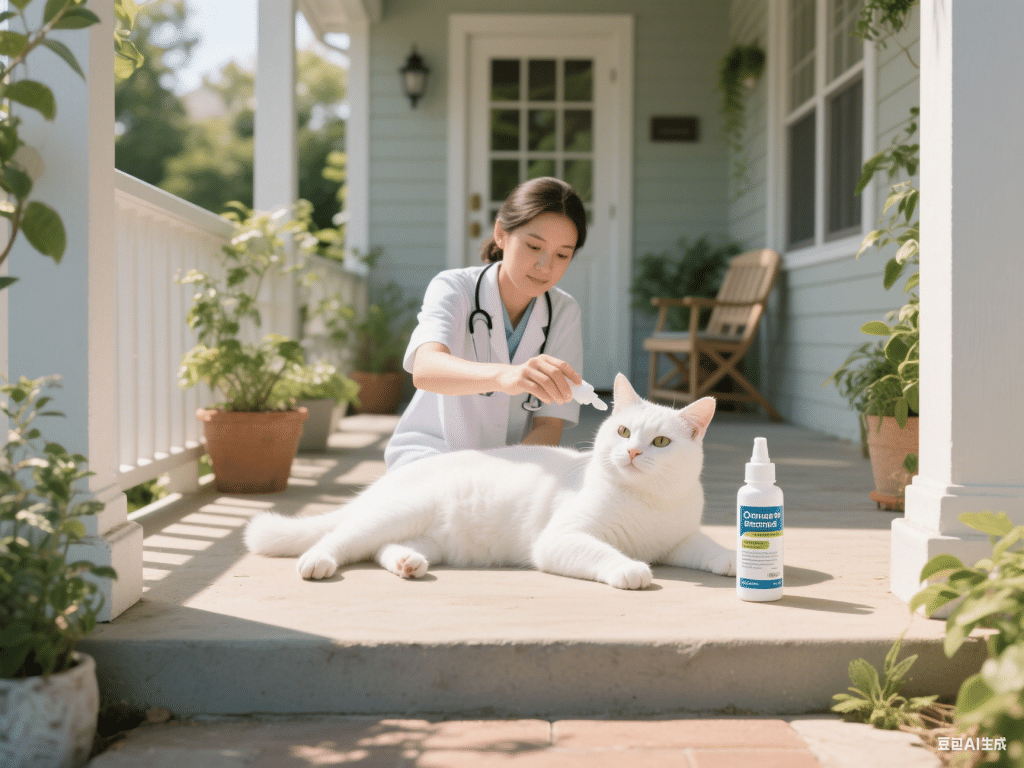
Introduction
Proper bedding for guinea pigs is essential for comfort, respiratory health, and cleanliness. Guinea pigs produce significant urine, requiring absorbent, dust-free bedding. This guide examines the best bedding options, maintenance routines, and tips for a hygienic habitat.
1. Key Bedding Requirements
High Absorbency: Guinea pigs can urinate up to 200 ml daily; bedding must wick moisture to prevent ammonia buildup.
Low Dust & Allergens: Dusty bedding irritates respiratory systems; choose materials labeled “low dust.”
Comfort & Insulation: Soft texture cushions delicate feet and provides warmth in cooler environments.
Easy Cleaning: Bedding that clumps or allows spot cleaning simplifies weekly maintenance.
2. Top Bedding Choices
A. Paper-Based Bedding
Examples: Carefresh, Kaytee Clean & Cozy.
Pros: Extremely absorbent, biodegradable, low dust, available in various colors.
Cons: Higher cost; may require frequent changes when wet.
B. Aspen Shavings
Pros: Natural hardwood (no aromatic oils), moderate absorbency, affordable.
Cons: Slight dust presence; not ideal for heavy wet areas—replace weekly to control odor.
C. Fleece Liners (With Absorbent Padding)
Setup: Place fleece liners over absorbent microfiber or towel pads; secure with clips.
Pros: Reusable, eco-friendly, comfortable, wicks moisture into padding below.
Cons: Requires daily spot cleaning and weekly laundering; initial investment higher.
D. Coconut Fiber (Coir) Bedding
Pros: Biodegradable, moderate absorbency, low dust, natural odor control.
Cons: Too firm for delicate feet—combine with fleece or soft bedding for comfort.
3. Bedding to Avoid
Pine & Cedar Shavings: Contain aromatic oils causing respiratory irritation and liver issues.
Corn Cob Bedding: Prone to mold when wet, harbors bacteria, and produces strong odors.
Scented or Dyed Bedding: Contains chemicals that can harm guinea pigs if ingested.
4. Bedding Maintenance Routine
Daily Spot Cleaning: Remove soiled bedding and droppings daily to minimize ammonia buildup.
Weekly Full Change: Replace entire bedding every 5–7 days; disinfect the cage with a pet-safe cleaner.
Fleece Liner Care: Remove solids and wet spots daily; wash liners in hot water weekly using mild, fragrance-free detergent.
5. Enhancing Comfort & Hygiene
Proper Enclosure Size: Minimum of 7.5 sq ft for a pair; more space reduces concentrated waste and odor.
Litter Training: Place a litter box in a corner with hay; many guinea pigs naturally use a designated spot, simplifying cleaning.
Ventilation: Position cage in a well-ventilated area, away from drafts and direct sunlight to maintain air quality.
Health Monitoring: Watch for signs of wet tail or urine scald; adjust bedding frequency if issues arise.
Conclusion
Selecting the right bedding for guinea pigs involves balancing absorbency, dust levels, comfort, and cost. Paper-based options and fleece systems top the list for providing cleanliness and softness, while pine, cedar, and corn cob should be avoided. Consistent daily cleaning, weekly changes, and proper cage setup ensure a hygienic, comfortable habitat that promotes your guinea pigs’ health and happiness.









Comments on "Choosing the Right Bedding for Guinea Pigs: Comfort and Hygiene" :